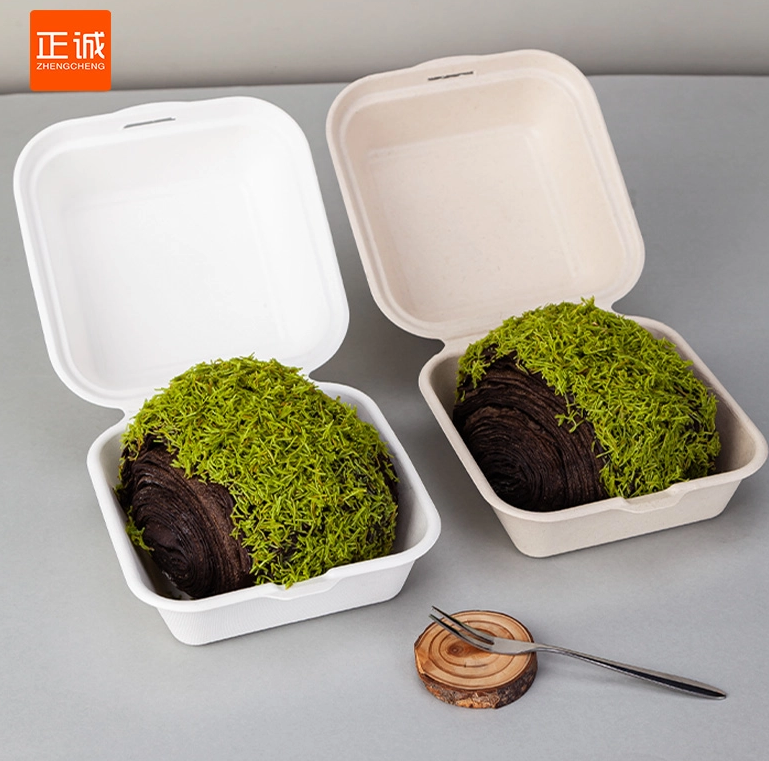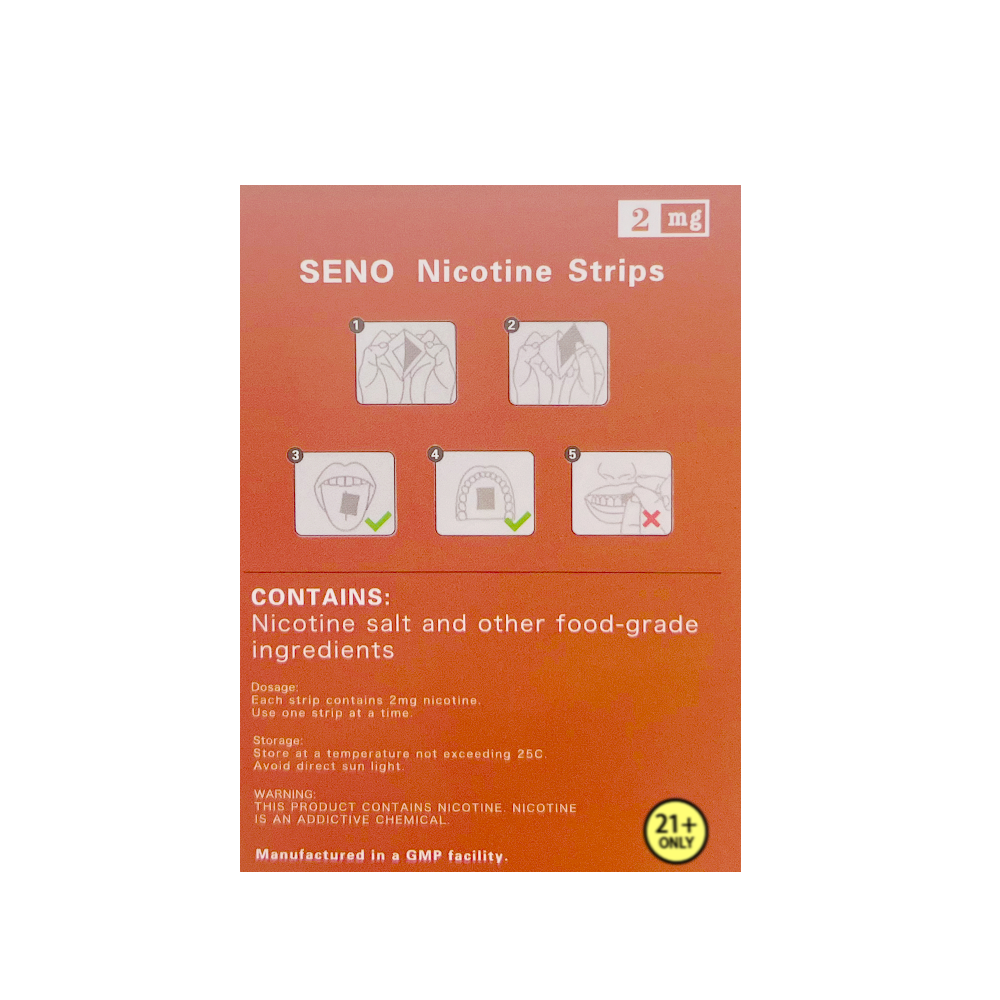When it comes to maintaining luscious locks, a well-structured hair care routine is essential for women seeking to enhance their hair's health and appearance. The right regimen not only addresses individual hair types and concerns but also incorporates effective techniques and high-quality products. In this post, we will delve into the intricacies of a comprehensive hair care routine, ensuring that you can unlock the full potential of your hair.
Understanding Your Hair Type
Before embarking on any hair care journey, it is crucial to identify your hair type. Hair can generally be categorized into four main types: straight, wavy, curly, and coily. Each type has unique characteristics and requires tailored care. Additionally, consider factors such as porosity (how well your hair absorbs moisture) and density (the thickness of individual strands) to further refine your routine.
Step 1: Cleansing
Choosing the Right Shampoo
The foundation of any hair care routine begins with cleansing. Selecting a shampoo that suits your hair type is paramount. For instance, those with oily hair may benefit from a clarifying shampoo, while individuals with dry or damaged hair should opt for a sulfate-free, moisturizing formula. Aim to wash your hair 2-3 times a week to prevent stripping natural oils, unless your scalp is particularly oily.
Technique Matters
When shampooing, focus on the scalp rather than the ends of your hair. Use your fingertips to gently massage the scalp, promoting blood circulation and stimulating hair follicles. Rinse thoroughly to ensure no product residue remains, as this can lead to buildup and dullness.
Step 2: Conditioning
Selecting the Right Conditioner
Conditioning is crucial for maintaining moisture and elasticity. Choose a conditioner that complements your shampoo and addresses your specific hair needs. For instance, a lightweight conditioner may be ideal for fine hair, while thicker, richer formulas work better for coarse or curly hair.
Deep Conditioning Treatments
Incorporate deep conditioning treatments into your routine once a week. These treatments penetrate the hair shaft, providing intense hydration and repair. Look for products containing ingredients like argan oil, shea butter, or keratin for optimal results.
Step 3: Detangling
The Right Tools
After conditioning, detangling is essential to prevent breakage. Use a wide-tooth comb or a detangling brush, starting from the ends and working your way up to the roots. This method minimizes damage and ensures a smoother finish.
Leave-In Conditioners
Consider using a leave-in conditioner or a detangling spray to provide additional moisture and protection against environmental stressors. These products can help manage frizz and enhance shine throughout the day.
Step 4: Styling
Heat Protection
If you frequently use heat styling tools, investing in a high-quality heat protectant is non-negotiable. These products create a barrier between your hair and the heat, reducing the risk of damage. Always apply heat protectant to damp hair before blow-drying or styling.
Embrace Natural Styles
Whenever possible, embrace your natural texture. Heat styling can lead to long-term damage, so consider air-drying or using heat-free styling methods. Braiding damp hair or using curl-enhancing creams can create beautiful, effortless styles without the need for heat.
Step 5: Maintenance
Regular Trims
To maintain healthy hair, schedule regular trims every 6-8 weeks. This practice helps eliminate split ends and promotes overall hair health. Even if you are growing your hair out, trimming the ends can prevent breakage and encourage growth.
Scalp Care
Don’t neglect your scalp! A healthy scalp is the foundation for healthy hair. Consider incorporating scalp treatments or exfoliating scrubs to remove buildup and promote circulation. Essential oils like tea tree or peppermint can also provide soothing benefits.
Step 6: Nutrition and Hydration
Dietary Considerations
A holistic approach to hair care includes paying attention to your diet. Consuming a balanced diet rich in vitamins and minerals—such as biotin, vitamin E, and omega-3 fatty acids—can significantly impact hair health. Stay hydrated by drinking plenty of water, as hydration is key to maintaining moisture levels in your hair.
Conclusion
Crafting a good hair care routine for women involves understanding your unique hair type, selecting the right products, and incorporating effective techniques. By following these steps and maintaining consistency, you can achieve vibrant, healthy hair that radiates beauty. Remember, patience is key; results may take time, but the journey to stunning hair is well worth the effort. Embrace your hair care routine as a form of self-care, and enjoy the transformation that follows.







+ There are no comments
Add yours